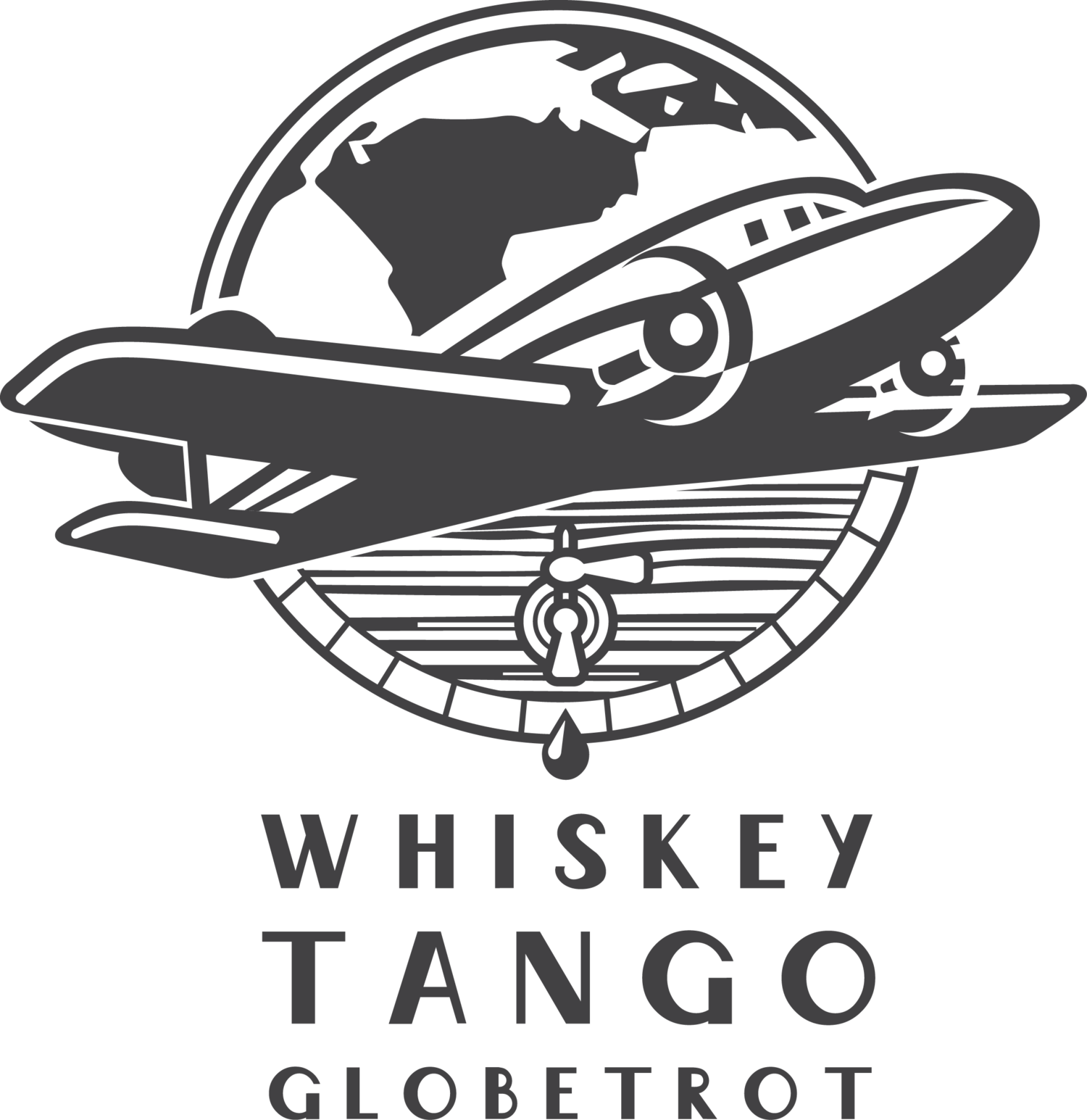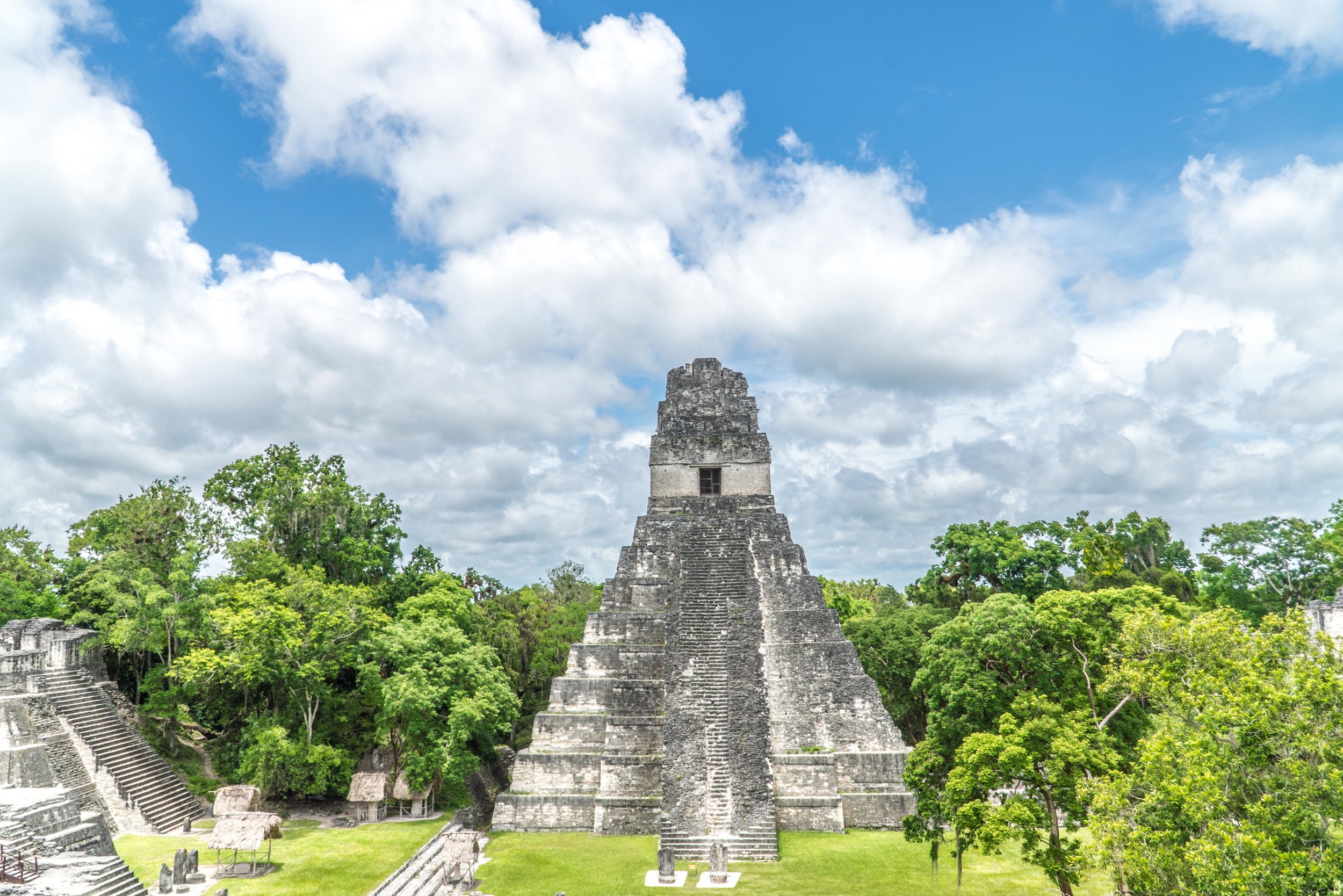Big Sur Guide: Driving the Pacific Coast Highway Through Big Sur
I grew up in North Carolina, lived in South Carolina, spent a season in Costa Rica and South Africa, traveled all around Europe, and have called Seattle, San Francisco, and now Los Angeles, home, yet there's one place that I get more questions and requests about: Big Sur. And it's for good reason, due in part because of the place it holds among the best drives in the world, but also because I talk about it so much. I believe every traveler wants to see the world, but I also believe that there are one or two destinations that every traveler gravitates toward more than others. One of those places for me is Central California, and more specifically, Big Sur.
I've found myself writing a lot of detailed emails giving recommendations about Big Sur. It's one of those places you don't just drive into blindly and can expect to get the full experience. There are no blatant signs telling you to "Pull off onto this one-lane gravel road that takes you to a beach you'll have all to yourself." Nor is it a place you can just drive through in a half day, even if Google Maps tells you it extends just 100 miles. It's neither a town nor a park with an entrance and an exit. It's more of a loosely-defined, sparsely-populated region of Central California marked by rugged cliffs, dramatic views over the Pacific Ocean, and miles of largely untouched nature. It's the Rivendell of California. And thus a Big Sur guide is really needed if you want to maximize your time and hit some of the area's best places.
Big Sur is the California that men dreamed of years ago, this is the Pacific that Balboa looked at from the Peak of Darien, this is the face of the earth as the Creator intended it to look.--Henry Miller
So without further ado, I give you my Big Sur guide (requiring at least a full day, if not a weekend) to driving the Pacific Coast Highway (PCH Highway 1), starting chronologically from the north and driving south (simply reverse this if driving north through Big Sur).
Big Sur Guide
While there are differing opinions about where Big Sur starts and ends, for our purposes, it really begins just south of Carmel on Highway 1 and extends 100 miles to San Simeon (or just further south, Cambria). That's largely in part because you really don't encounter anything resembling a town until you get to San Simeon. There's no big, bright sign welcoming you to Big Sur, but you know you've arrived when the highway narrows, the roads begin to twist and turn, and the views become much more dramatic, making you want to stop at every pull-off. And you should. But this guide should help you determine (and identity, since not all of these are so well marked) some of the more noteworthy stops to make if you only have a full day or weekend.
Either your first or last stop in Big Sur should be at Point Lobos State Reserve, located just south of Carmel. It's a great introduction to Big Sur, with plenty of hiking (many of which are by the ocean), lots of overlooks, and tons of opportunities to see wildlife, such as an array of birds, sea otters, seals, and if you're lucky, orca whales. Be aware, however, that it is one of the most popular, and therefore, crowded spots in Big Sur, especially on the weekends. From here, it's just a few miles until you come to another state park, Garrapata State Park, which has its own beach, hiking trails, and redwood groves. If short on time, however, you may want to decide between stopping at Point Lobos or Garrapata.
As you continue further south, you'll come to what is arguably the most recognizable and most photographed landmark in Big Sur, Bixby Bridge, one of the tallest single-span concrete arch bridges in the world. You've probably at some point already seen it in a commercial or television show, such as Heroes. Most people stop here briefly before continuing on down the Pacific Coast Highway through Big Sur. However, if you have more than just one day, it's here that I recommend some people go off-route (and nearly off-roading) on the 11-mile Old Coast Road, one of the original land routes to Big Sur. The one-lane, dirt road provides a different perspective of Bixby Bridge, sweeping views of the Pacific Ocean, and inland views beneath the canopy of redwoods. Depending on how much you stop for photos, it could take as long as a couple hours, though I'd give yourself at least an hour.
Continuing on down Pacific Highway 1 is Point Sur Lighthouse. A visit here all depends on timing, since it's only open for guided tours, and then only a couple days a week. Arrive early and plan accordingly since it's first-come, first-serve. If you're there during the right time of year, you may be able to catch one of their whale watching or ghost tours. More details are on the Point Sur Lighthouse website.
Shortly after Point Sur Lighthouse is Andrew Molera State Park, which unless you've been to Big Sur before, can really be skipped. The beaches, hikes, and scenery, while nice, don't quite stack up to some of the other state parks up and down the coast. Nonetheless, it's this general area that offers the highest concentration of my favorite Big Sur landmarks. Shortly after Andrew Molera State Park you'll want to keep you eyes peeled for the turn-off for Pfeiffer Beach. The narrow road will wind a few minutes until you reach the parking lot for the beach. Like all of the parks throughout Big Sur, you'll pay a nominal parking/entrance fee, but it's worth it. The beach is an attraction in and of itself thanks to its beauty and location tucked off the highway and requiring a little more effort than many California beaches. For travelers with a couple days, I often recommend getting to this part of Big Sur during the afternoon and planning their afternoon around sunset at Pfeiffer Beach, when the sunlight radiates through what's become affectionately known as the "Portal to the Sun," or "Keyhole Rock".
I'd be remiss not to mention some of the great food and drink spots in Big Sur, many of those concentrated in the town of Big Sur (though hardly a town), which is just after Pfeiffer Beach. One of my first food stops is always at Big Sur Bakery, which really speaks for itself, but is more than just a bakery, known also for their wood-fired pizzas. Just a mile down from Big Sur Bakery is Nepenthe, which I like less for its food, and much more for its views, one of my favorite restaurant views in the world. I like to arrive mid-afternoon when the crowds have thinned out, and order a glass of wine and a cheese plate. Other nearby restaurants of note include Big Sur Roadhouse and Big Sur Taphouse.
Literally just down the street from Nepenthe is Henry Miller Memorial Library. Yes, I'm recommending you visit a library amidst one of the most beautiful natural areas in America. But it's less library and more bookstore and event space, particularly special because of its setting for live music, beneath the stars and redwoods of Big Sur. This, however, is more of a summer activity.
Leaving the town of Big Sur, heading south, the stops now become less frequent. The last state park stop I recommend is at Julia Pfeiffer Burns State Park. Taking full advantage of it is really best for a weekend trip, as it's home to some great hikes across streams and underneath redwood groves. However, Julia Pfeiffer Burns State Park's most notable attraction is McWay Falls, an 80-foot waterfall that is more of a "tidefall" since it runs over the cliff and onto the sandy beach below. McWay Falls is located just off the highway and can be done in less than 30 minutes thanks to an easy half-mile waterfall trail.
While there are plenty of hikes and beautiful overlooks south of McWay Falls, my next recommended stop isn't for another hour toward the end of Big Sur at Piedras Blancas Rookery, which is located right off the Pacific Coast Highway, meaning it can be as little as a five-minute stop. You may have seen elephant seals on a previous stop in Big Sur, but nowhere near this many, as Piedras Blancas Rookery is home to literally thousands of elephant seals. Contrary to many of the other stops where you're likely to see wildlife, this stop is free of charge.
Last, but by no means least is Hearst Castle, located just east of Piedras Blancas Rookery in San Simeon. Much of the dramatic scenery of Big Sur feels reminiscent of some of the epic routes around Europe, like the Amalfi Coast, but its Hearst Castle that captures that resemblance of European architecture. Yet it's something of an anomaly in a country that has so few castles. Hearst may not have the history (it's not even 100 years old) of European castles, but its attention to detail and striking architecture make it one of the top castles in America, and therefore, the most unique man-made landmark in Big Sur. Hearst Castle, also known as “La Cuesta Encantada” or “The Enchanted Hill," is impressive both on and off paper, featuring 127 acres of gardens, terraces, pools, and walkways, and 165 rooms. While it's located a few miles inland, the castle's location on a hilltop makes for great views of the surrounding hills, and even the Pacific Ocean. There are a number of tours available, but don't expect to pay anything less than $25.
Of course I can't talk day and weekend trips to Big Sur without talking accommodations. And this is yet another reason that I love Big Sur so much. Big Sur is unique in and of itself in every way and its accommodation options are no exception. The gold standard is the Post Ranch Inn, outfitted with infinity pools, tree houses, an award-winning restaurant, spa, and epic views overlooking the Pacific Ocean. However, it comes with a price tag, with rates starting around $700 per night. For accommodations that are just as unique, but a much lower price, I recommend Treebones over every other place. Here, yurts overlooking the Pacific Ocean start at $215 a night. For $150 you can stay in a human nest, which is just that, a nest big enough to sleep in. For rates that are even lower, but still with Big Sur charm, there's Deetjen's Big Sur Inn, with rooms that start at $100 per night. Other accommodations I'll recommend in Big Sur include Ventana Inn and Spa and Glen Oaks Motel. You may also consider looking up rentals on VRBO or Airbnb, which I've had success with on the Central California coast.














